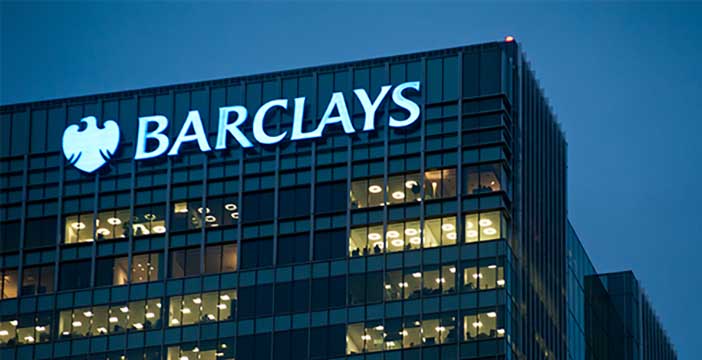
Barclays is in talks to sell its French retail banking business as it steps up its attempts to shed poorly performing businesses and restore growth.
The French business, which includes 74 branches, life insurance and wealth management, is set to be sold to private equity house AnaCap Financial Partners.
Barclays is retaining its French investment banking business. Selling the retail business will completely unwind Barclays’ presence in branch-based banking in continental Europe.
It is also looking for buyers for its African business. Jes Staley, the chief executive, said there had been “interest expressed by a number of parties” in the division. Bob Diamond, Barclays’ former chief executive, is trying to put together a consortium to finance an acquisition.
Pre-tax profit fell by 25 per cent in the first quarter of the year to £793 million, below analysts’ estimates. Income fell 13 per cent to £4.6 billion.
A bright spot was the lack of provisions for any mis-selling or other charges for regulatory breaches, in a development which may herald the beginning of the end of banks’ multi-billion pound charges.
The results were weighed by costs involved in restructuring Barclays, which Mr Staley has vowed to press ahead with more quickly.
Following a pattern of poor performances on Wall Street unveiled by the US investment banks for the first three months of the year, Barclays said its investment bank had also continued to struggle. Barclays now reports investment and corporate banking together and said the division suffered a 31 per cent drop in underlying profit to £710 million.
However, falls of 4 per cent in markets income and 5 per cent in banking — made up of fees and other income — were more robust than some of Barclays’ US competitors. Mr Staley said he was “encouraged by our relative performance in the first quarter”.
Shares in Barclays rose 3½ per cent in early trading to 180.1p on the stronger-than-expected investment banking performance.
Mr Staley, who took over as chief executive on December 1, has vowed to deal more quickly with the bank’s chronic share price under performance and legacy problems.
He took an unpopular decision to cut the dividend from 6.5p for 2015 to 3p for both 2016 and 2017 so that it can take a hit on shedding poorly performing businesses quickly.
The former JP Morgan veteran has insisted that in time the investment bank will recover and that having a diversified business covering both retail customers and complex lending to large companies and investors is ultimately less risky.
Mr Staley is working on focusing the investment bank on its core UK and US markets, and retrenching from many other areas.
Since arriving, he has announced plans to pull out of nine countries across Asia, Latin America and Europe and cut 1,000 more investment banking jobs. Barclays is also selling its Asian private wealth business.
Earlier this year Barclays provided more details about how it would comply with incoming rules to make banks safer by putting a ring fence around their low-risk personal and small business lending divisions.
About £70 billion of loans will go into the ring fence, made up of Barclays’ high street lending business. Some £195 billion of investment and corporate banking assets will be in the non ring-fenced division.
The results follow a stronger than expected set of numbers from Standard Chartered, which prompted relief among investors that its bad debts were improving and it had managed to stop revenues shrinking. The struggling emerging markets lender is run by another JP Morgan alumni Bill Winters, who said the bank was improving but “in no way are we declaring victory”.
Source: The Times























